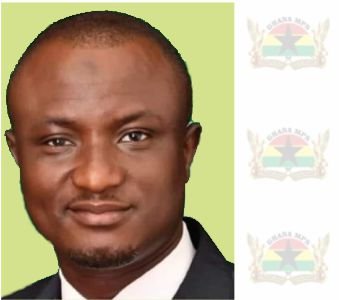Kenya’s President William Ruto has expressed his readiness to engage in dialogue with thousands of young protesters who held nationwide demonstrations against proposed tax increases.
The protests, which began on Tuesday, June 18, were fueled by frustrations over the administration’s perceived failure to fulfill its promises of reducing taxes and lowering the cost of living.
Organized primarily on social media, these demonstrations were spearheaded by young Kenyans who live-streamed the events, catching the government by surprise.
“I am very proud of our young people… they have stepped forward peacefully and I want to tell them we are going to engage them,” Ruto remarked on Sunday, June 23 during a church service in Nyahururu, a town in the Rift Valley.
He emphasized his willingness to have a conversation with the protesters to build a stronger nation collaboratively.
However, protest leaders have demanded a public response from Ruto. Hanifa Adan, a key figure in the movement, insisted that if the President truly seeks dialogue, he must publicly address their demands.
The protesters have called for a national strike on June 25, adding pressure on the government to respond.
While the demonstrations have been largely peaceful, there have been instances of violence.

Arrests And Casualty
A joint statement from five groups, including Amnesty International, reported that at least 105 protesters were arrested during clashes with riot police, who used tear gas, water cannons, and rubber bullets.
Tragically, the protests have also seen fatalities. A Kenya Human Rights Commission official confirmed that 21-year-old Evans Kiratu died in hospital after being hit by a tear gas canister.
Additionally, a police watchdog is investigating allegations that a 29-year-old man was shot by officers in Nairobi following the demonstrations.
In response to the unrest, the cash-strapped government has made some concessions. Following smaller-scale demonstrations in Nairobi, authorities agreed to roll back several proposed tax hikes included in a new bill.
Levies on bread, car ownership, and financial and mobile services were scrapped, but this decision has created a 200-billion-shilling ($1.5bn) shortfall in the treasury.
To address this deficit, the government is now considering increasing fuel prices and export taxes. Critics argue that these measures will exacerbate the already high cost of living in a country grappling with severe inflation.
Kenya’s economic challenges are compounded by a significant national debt and increased servicing costs due to a depreciating local currency over the past two years.
President Ruto, facing limited options acknowledged the pressures these tax hikes will place on Kenyans.
Many citizens are already struggling with rising living costs and a scarcity of well-paying jobs, particularly among the youth.
In his Sunday address, Ruto reiterated that the annual budget includes measures aimed at reducing youth unemployment and improving access to higher education.
“What I want to assure [the protesters]… is that we are concerned about their issues,” Ruto said. He pledged to ensure that every child has access to higher education, aiming to address one of the core grievances of the demonstrators.
As the situation unfolds, the government’s ability to balance fiscal responsibilities with public discontent will be critical.
The young protesters’ demands for economic relief and better opportunities reflect a broader call for change in Kenya.
This challenges President Ruto to deliver on his promises and navigate the country’s complex economic situation.
READ ALSO: Okyenhene Calls for Enhanced Remuneration for Teachers





















